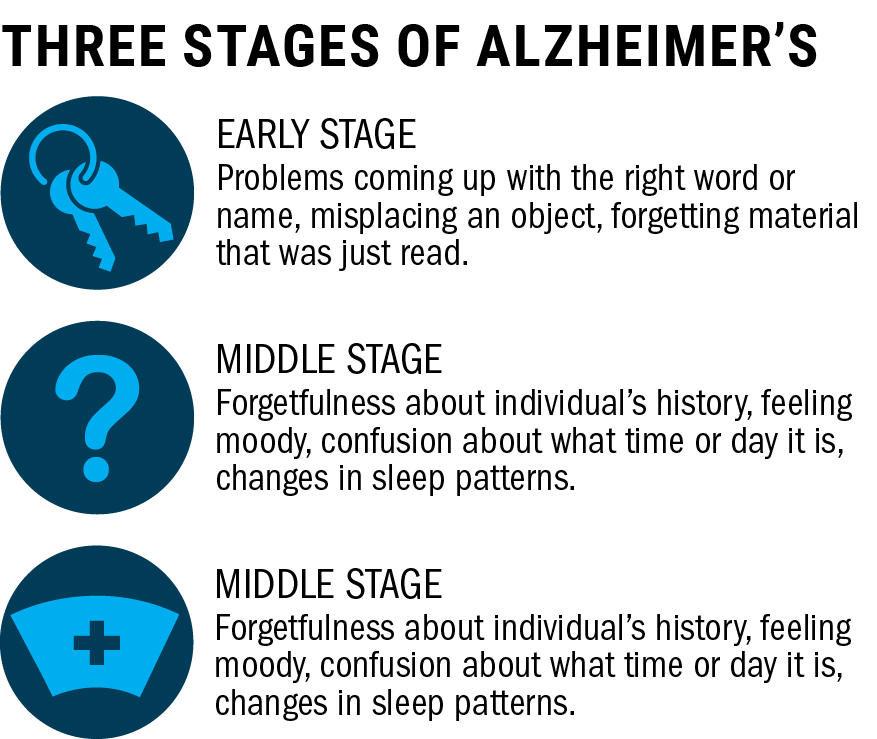After 18 years of study and research, University of Minnesota experts have identified a potential target to treat Alzheimer’s disease.
Neurology Professor Dr. Karen Ashe and her team found a natural protein in the brain which, if properly protected, can reverse memory loss. Now, the researchers think their discovery could lead to future Alzheimer’s treatments.
In a study published earlier this month, researchers stimulated the memory loss disease in mice and found Alzheimer’s could be caused by a toxic natural protein in the brain that breaks neuron cells.
Ashe’s team plans to work with pharmaceutical professionals to make a treatment to block the enzyme that contaminates the proteins.
“A treatment is absolutely possible,” said Dr. David Knopman, a neurologist at Mayo Clinic. “That being said, doing that is extremely difficult but it can be done and this provides a way to move forward.”
Alzheimer’s causes memory loss and becomes common after age 65. It can ruin a person’s ability to care for themselves and creates high societal costs, Knopman said.
This form of memory loss can cut a person’s life expectancy after diagnosis in half and is a major cause of death in later life, he said.
Ashe said Alzheimer’s is caused by a gene which was placed into the genomes of some test mice while others’ brains were given a virus with the toxic fragments of natural protein.
When researchers stopped the protein from being sliced by an enzyme and made toxic, the mice who carried the memory loss gene improved, said Benjamin Smith, a University post-doctoral associate.
While Ashe wants to test a treatment in a human clinical trial in the future, challenges still exist.
Possible setbacks could include a drug-related toxic side effect and difficulties in translating the cure to humans, said Michael Walters, research associate professor of medicinal chemistry.
“Researchers are prone to curing Alzheimer’s in mice but not in humans,” Walters said.
Knopman said it could also be difficult to make a drug work effectively and pass the barrier of blood vessels around the brain.
Walters said even with its potential problems, the research is unique and promising.
“I was excited about the potential of working with it,” he said.
Knopman said previous research has mainly centered on reducing the amount of a different protein — discovered in 1907 — from the brain.
Ashe’s research focuses on how the breakdown of a protein makes it toxic while others have mainly addressed proteins clustering around nerve cells.
A potential drug would prevent nerve cell damage by blocking the creation of toxic protein fragments, Knopman said.
At the earliest, a new drug could be available in 10 years, Ashe said.

















